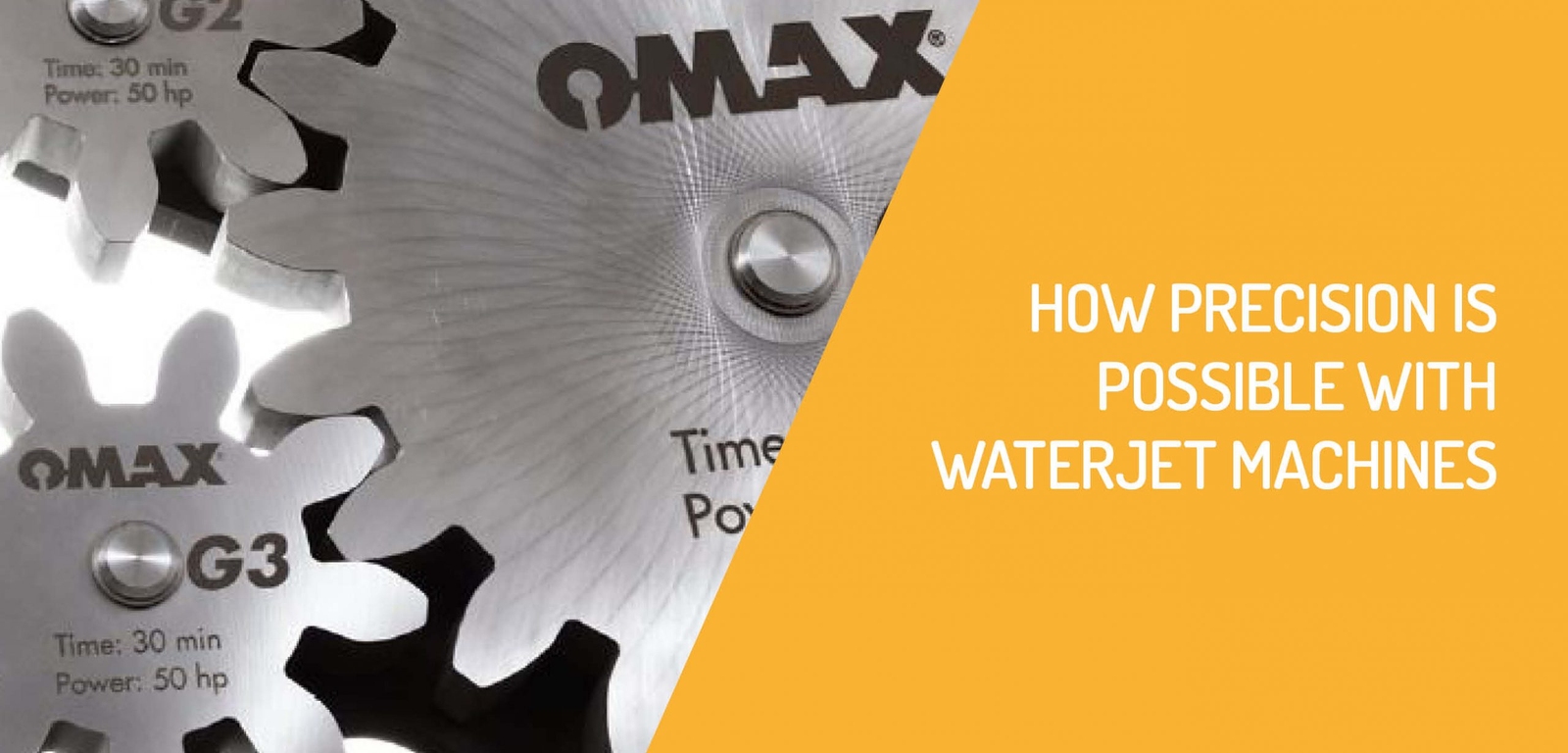KraussMaffei boosts Mexico’s agricultural industry with sustainable logistics solutions in packaging
Discover how KraussMaffei helped transform eco-friendly packaging in Mexico’s logistics sector—read the full case study now.
Welcome to Headland Technology Client log in
Whether you’re after a machine, spare part, power tool, or need to book a service call Headland will help you find the right solution in a timely manner.
Fill out the form below and the relevant expert will be in touch with you shortly.
The major advantage of abrasive waterjet machines is cutting complex geometries in different materials. The software with the machine contributes to waterjet utility and cost control. Waterjet machines often use G code. Yet they exhibit special physics and geometric considerations traditional cutting can’t handle.
Several waterjet builders have moved to more integrated controllers. This is to program advancements in tapers, corner passing, and many cutting models.
A waterjet has three major parts: the pump, nozzles, and controller. Waterjets are different from traditional CNC machine tools. Thus, the controller is very important. Advanced cutting models enable the software to control the machine’s motion faster. And with more precision, to create the exact result the programmer intended. The waterjet OEM focuses on programming as a foundation of the machine tool.
It is always best to develop the controller software at the same time as the AWJ hardware.
Software developers can account for what happens at every point along a toolpath. They access empirical data on how the jet stream acts. That is, how the jet stream acts in each configuration of nozzle, abrasive and material. Programmers can then produce cutting models to input the precise calculations. This means a combination of hardware and software that saves money:
are all optimised in the controller’s cutting models.
The first-generation software on the geometry of how an AWJ behaved began in the early 1990s. The third generation saw improved processing power and better code capabilities. This allowed advanced corner production and motion control knowledge. Enhanced cut quality and speed was also the outcome.
The current fourth generation of IntelliMax includes further study of cutting models.
Omax has conducted thousands of empirical tests on thousands of material samples. To answer the question, how does an AWJ function in each case?
With the second generation of IntelliMax:
OMAX waterjet machines could process a gear with 8 teeth and a 26″ toolpath in 30 minutes. Yet the fourth-generation can cut 20 teeth and a 63″ toolpath in 30 minutes.
Evolved software can make a huge difference in efficiency. For example, a 94-ksi intensifier pump with second-rate software cut a 40″ toolpath of a Geneva wheel in 50 seconds and consumed 1 lb. of abrasive. A 60-ksi direct-drive pump paired with better software cut the same part in 41 seconds with only 0.68 lb. of abrasive. The time and abrasive savings are obvious. with the improved software complementing the efficient directdrive pump.
Software progress moves beyond standard AWJ operations. Taper compensation software and hardware options:
These can position the nozzle at an angle calculated by the software, to exactly offset the taper.
The taper doesn’t disappear. It moves to a scrap area of the material, leaving the part with precise, square edges. With a tilting head, the controller can quicken even straight sections of the toolpath a little bit. And by tilting into the cut to improve surface finish, with less need to reduce cutting speed. For operators, a click of an interface button enables taper compensation.
Consider how your business and machine tool will evolve with you. Some OEMs provide free software upgrades so a waterjet always works to the best of its ability.
Always update your machine’s software. Because your manufacturing time will keep accelerating with each software upgrade. These increases in speed also save money with electricity, and water, etc.
Growth in software capabilities will ensure you can do more waterjet cutting work.
Reference: Cutting Tool Engineering Magazine October 2019
Whether you’re after a machine, spare part, power tool, or need to book a service call Headland will help you find the right solution in a timely manner.
Fill out the form below and the relevant expert will be in touch with you shortly.
